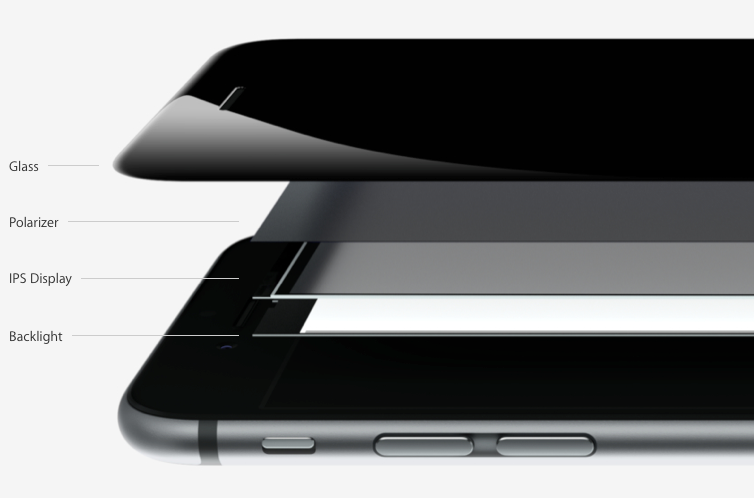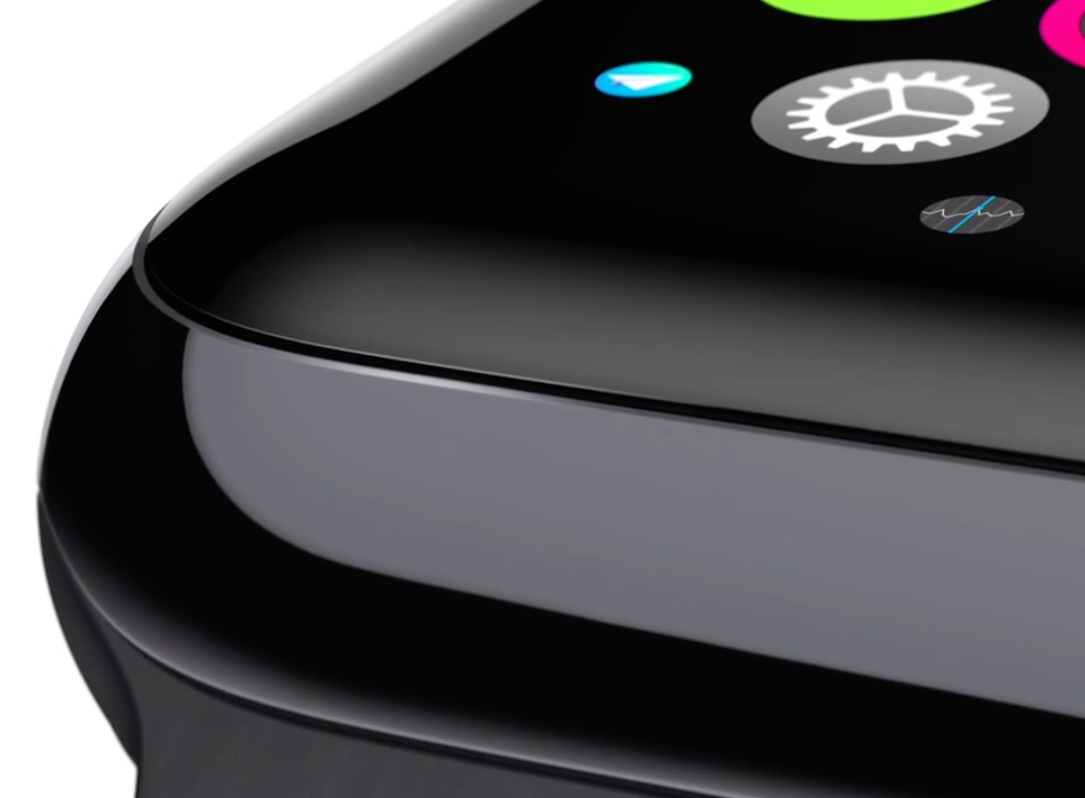
According to the South Korean media, Apple is actively exploring using flexible OLED screens for future iPhones. OLED, an energy-efficient display technology, is based on organic light-emitting diodes which are lit up individually, as opposed to traditional LCDs that require power-hungry backlight planes.
In OLED screens, the diodes are arranged on a film of organic compound which acts as the emissive electroluminescent layer that emits light in response to an electric current.
Major Korean display manufacturers are reportedly persuading Apple to adopt flexible screens on its future iPhone models, with one industry source claiming that the Cupertino company is in fact “serious” about doing it.
Not only would OLED screens make future iPhones more power-efficient, but also offer better color saturation, accuracy and brightness.
“The source added that if Apple releases an iPhone with an OLED-based flexible screen, it will create a huge market, as Apple has not yet used the technology in its flagship models,” reads the report, adding that these OLED panels should go into limited production in 2016.
Interestingly enough, Apple already uses flexible OLED technology. Its Apple Watch uses a flexible OLED panel built exclusively by LG Display, filing as the fist Apple product to deploy OLED technology.
The device needed a flexible screen due to Force Touch, a pressure-sensing technology which provides hidden options in apps after a user presses the display firmly.

Once Apple and its suppliers gain enough experience building bendable OLEDs for the wearable device, assumedly the next logical step would be bringing OLED benefits to Apple’s most successful and profitable product ever, the iPhone.
In addition, Apple has hired OLED experts in the past and patented OLED embedded sensors to improve iPhone display, indicating its interest in the technology.
Just don’t count on seeing iPhones with flexible screens this year or the next: as Apple and its display suppliers are currently “working on it” and solving yield issues, the company is “very likely” to release its first iPhone with a flexible OLED screen in 2018.
Curiously enough, LG Display, one of Apple’s top display supplier, will be shifting one of its LCD production lines in Gumi factory into an OLED line, aiming to mass-produce OLED panels in 2017.
Nikon Kogyo Shimbun, one of the leading newspapers in Japan, also revealed in January 2015 that Apple’s contract fabricator Foxconn had poured $2.6 billion into a brand new mobile display plant solely dedicated to churning out flexible OLEDs for Apple.
“Foxconn is going to use its newly funded display factory to produce OLED panels exclusively for producing components for Apple,” said the report.
Flexible screens have been around for some time now. Samsung’s promotional video seen below envisions a future based on flexible devices.
https://www.youtube.com/watch?v=g3x-bAWZWPM
Issued in November 2013, the video claimed Samsung would produce phones with flexible displays in 2015. Its flagship Galaxy S6 smartphone, as you know, includes an edition called Galaxy S6 Edge which has a screen that curves down around the edges.
Should Apple make an iPhone with a flexible display?
What benefits would such a device bring to mobile computing, do you think? And most importantly, would you buy a curved-screen iPhone?
Source: Business Korea via G for Games